This website uses cookies so that we can provide you with the best user experience possible. Cookie information is stored in your browser and performs functions such as recognising you when you return to our website and helping our team to understand which sections of the website you find most interesting and useful.
The Kerbeleg Mandala Garden Project

This mandala garden project was a bit ambitious, our first steps in growing vegetables, and we don’t know yet where it will lead us, but we want to give back to the mother earth a worthy space to blossom. With a bit of luck, after more or less successful attempts, many mistakes, capricious weather, she will give it back to us a bit, or in abundance if we let her speak again. Many thanks to Perrine Bulgheroni for your help, your inspiration, your contagious energy.
In a little over a month, we turned over, just once to limit the trauma under the ground, these 500sqm of soil, an old lawn that had been tamped down for decades. The seeds are incubating in the office, which has been transformed into a greenhouse under artificial light, and we need to get them out into the open air as soon as possible. The graphic inspirations came from the days, offering a winding circulation to get lost among the squashes, potatoes, carrots and other delights that nature offers us.
Next year, weather permitting, we will build our greenhouse before, perhaps, introducing animals, who knows…

Also follow the steps in chronological order in pictures:
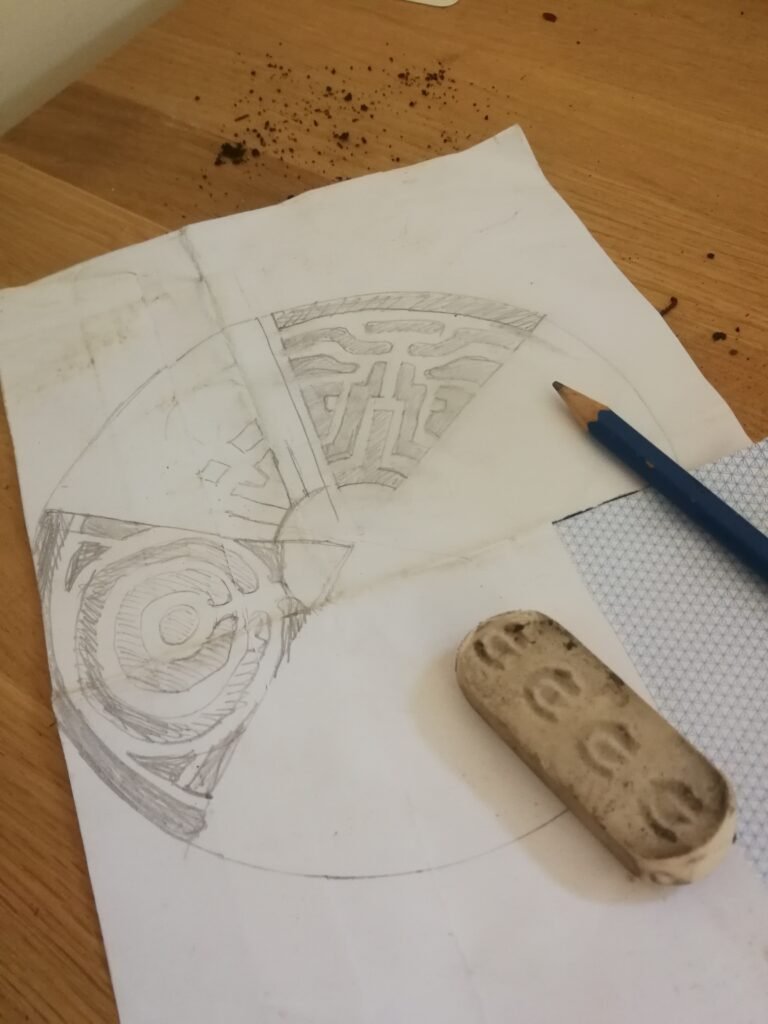
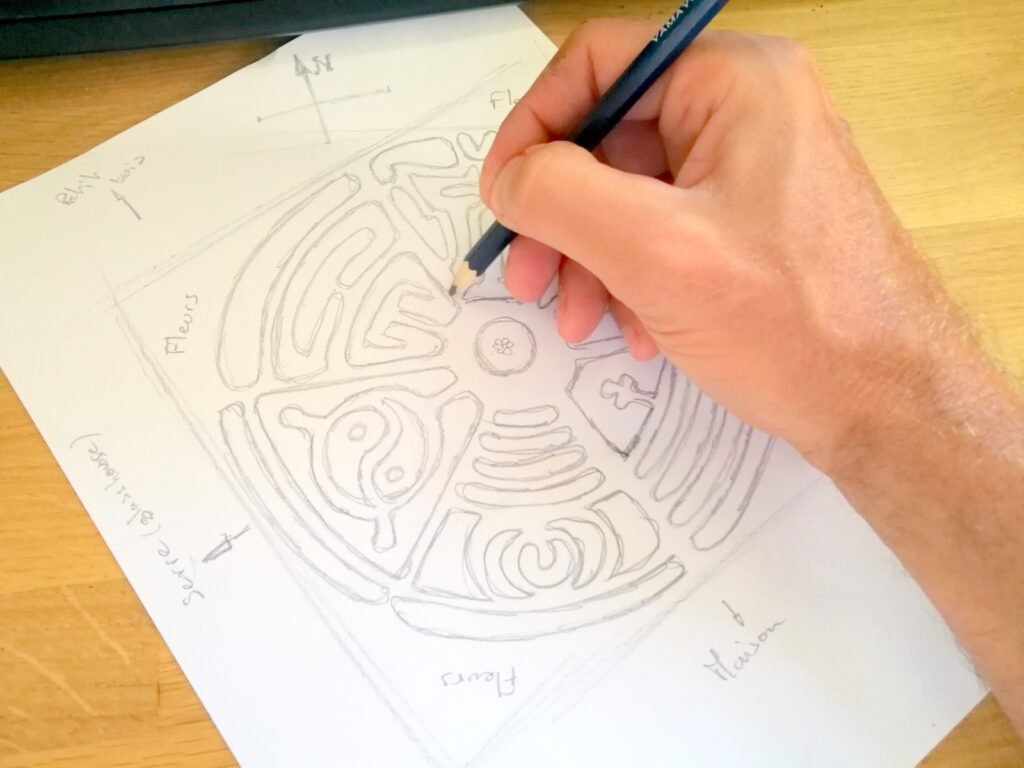

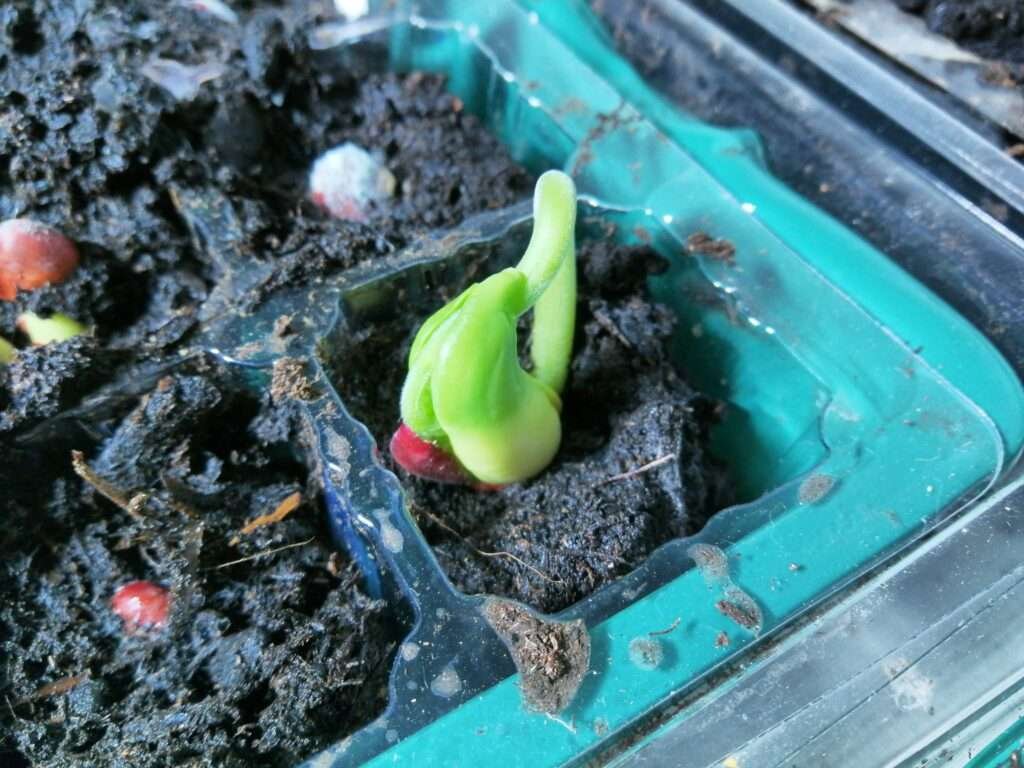
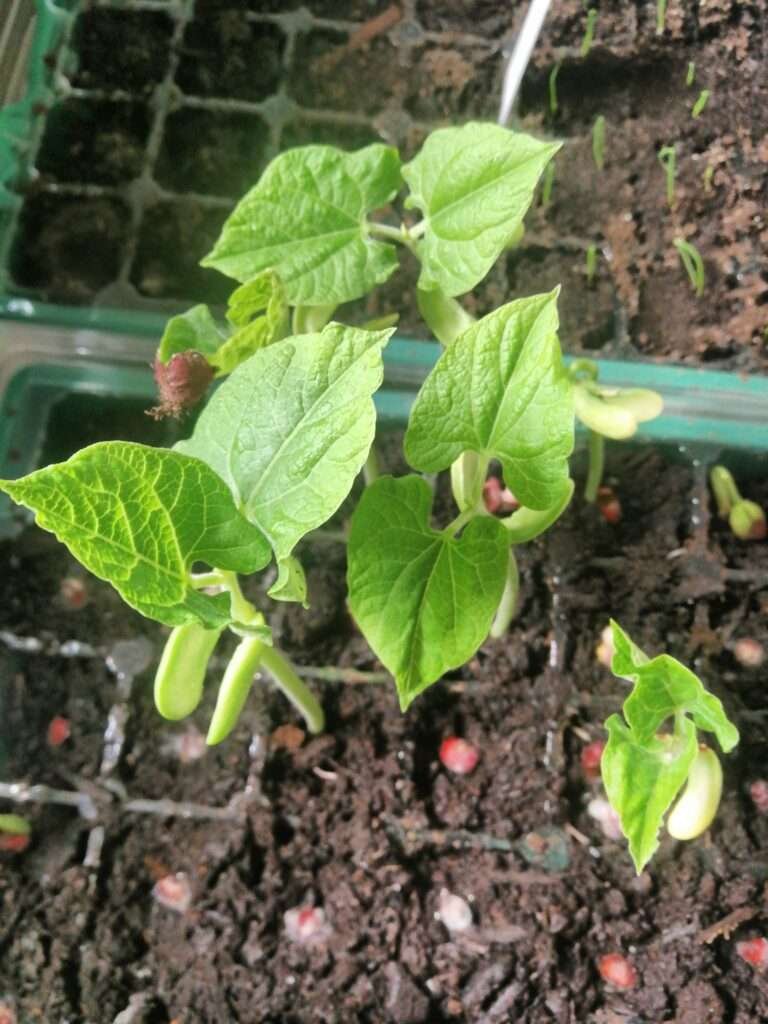

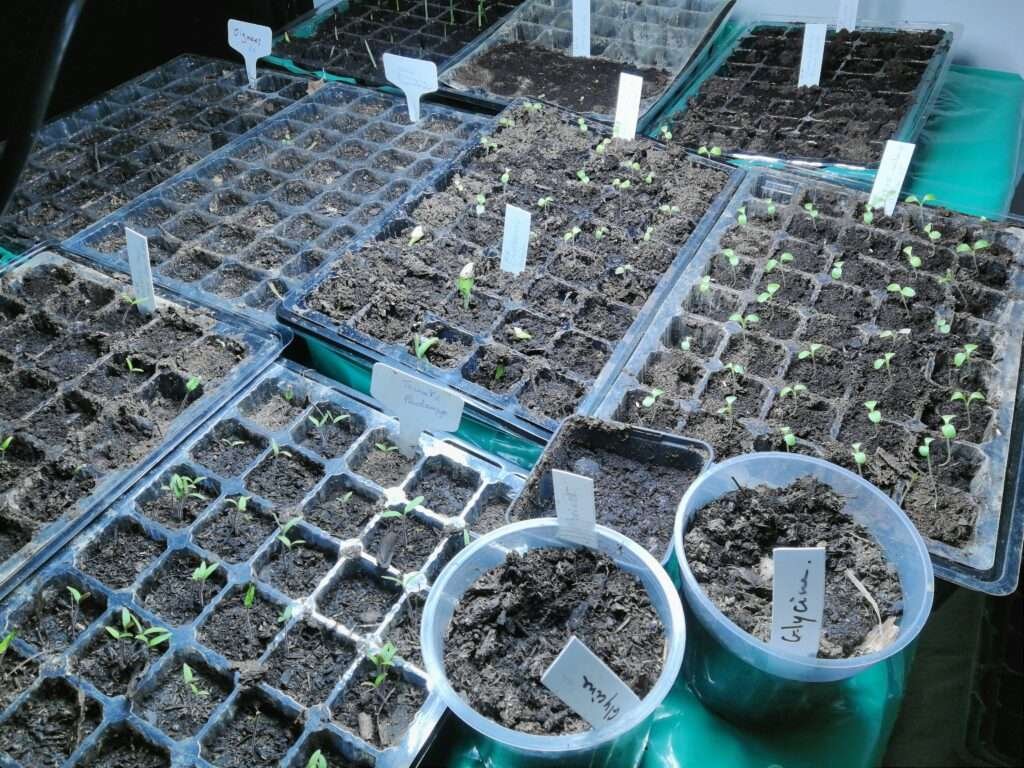



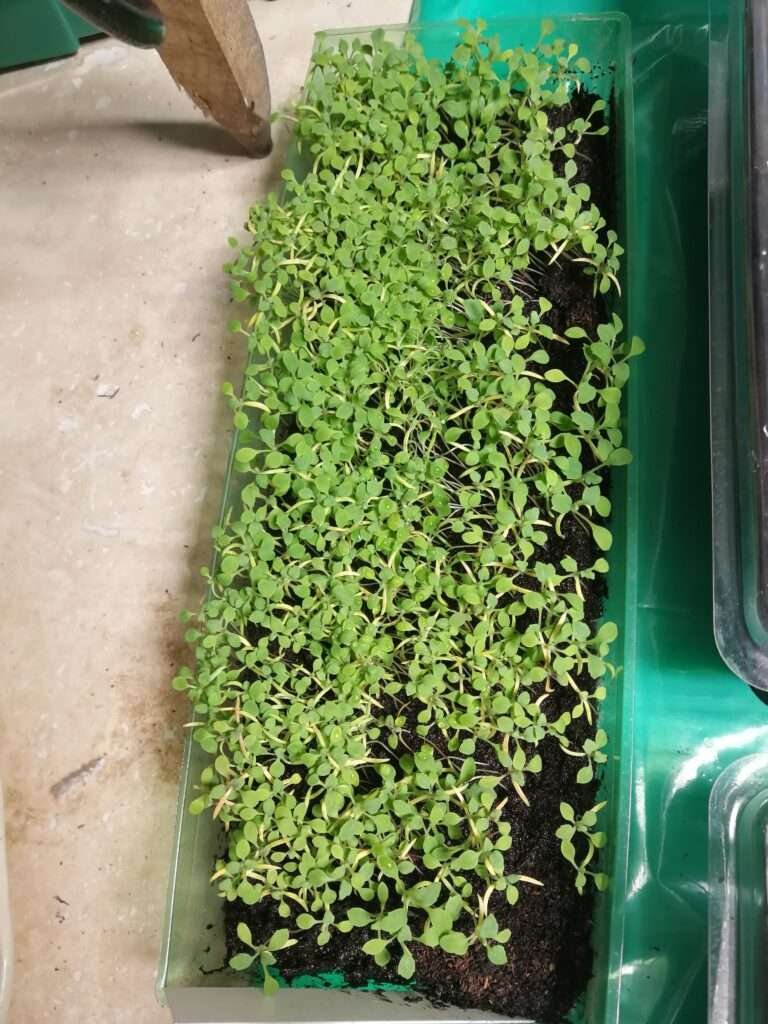


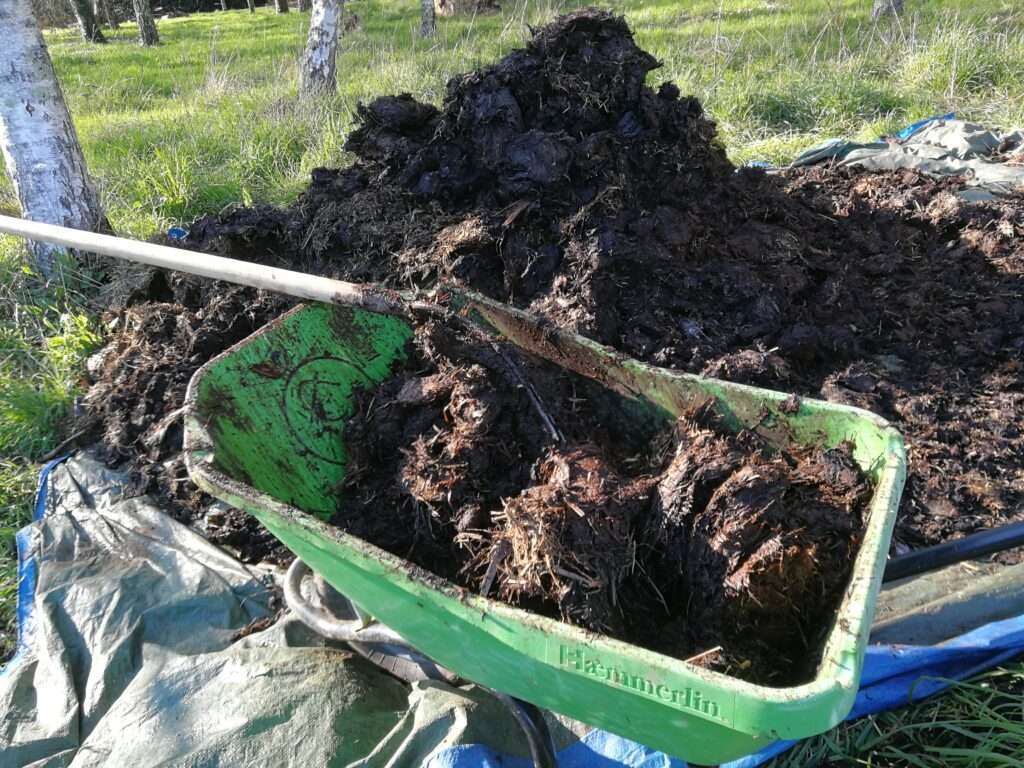
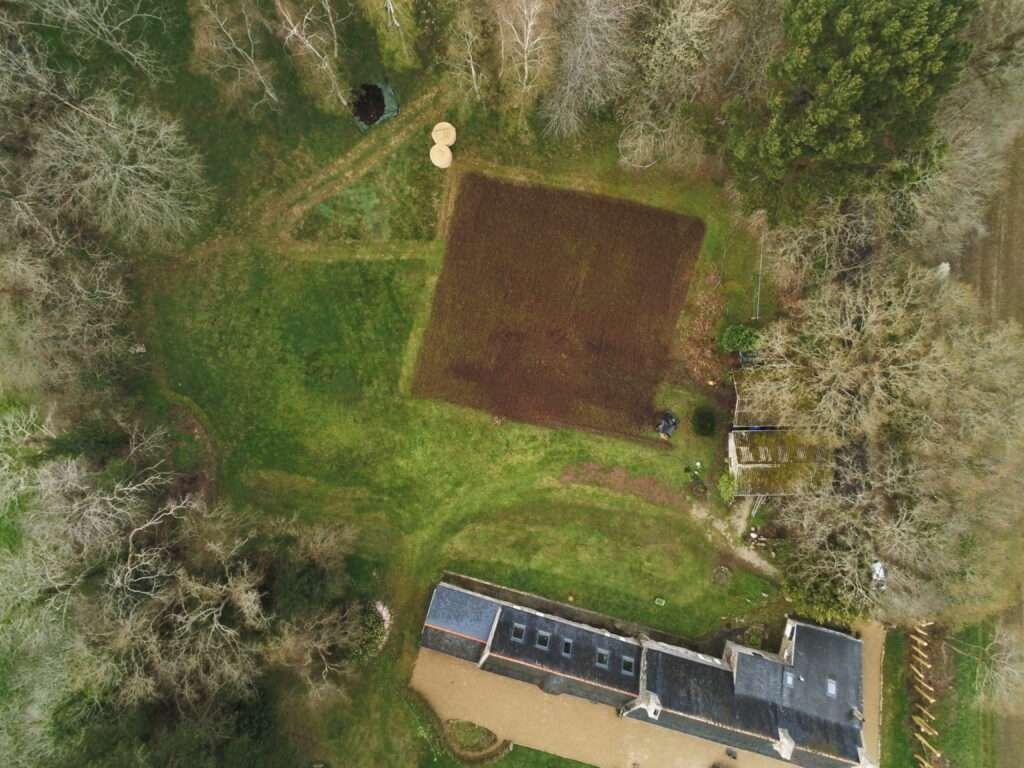
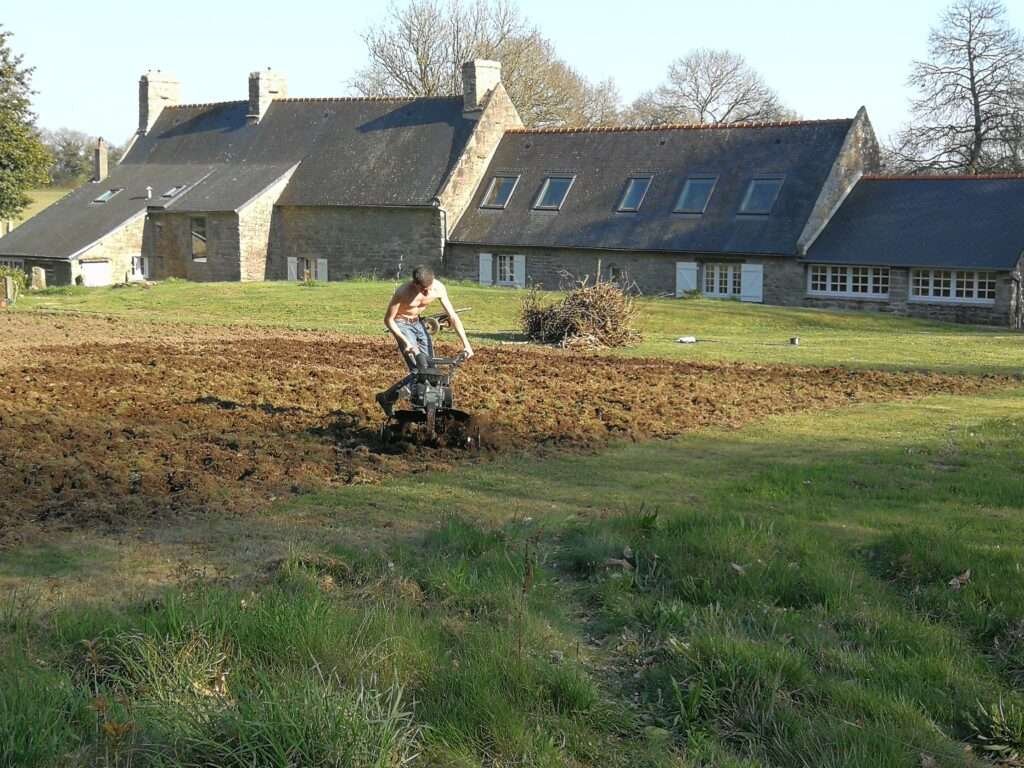
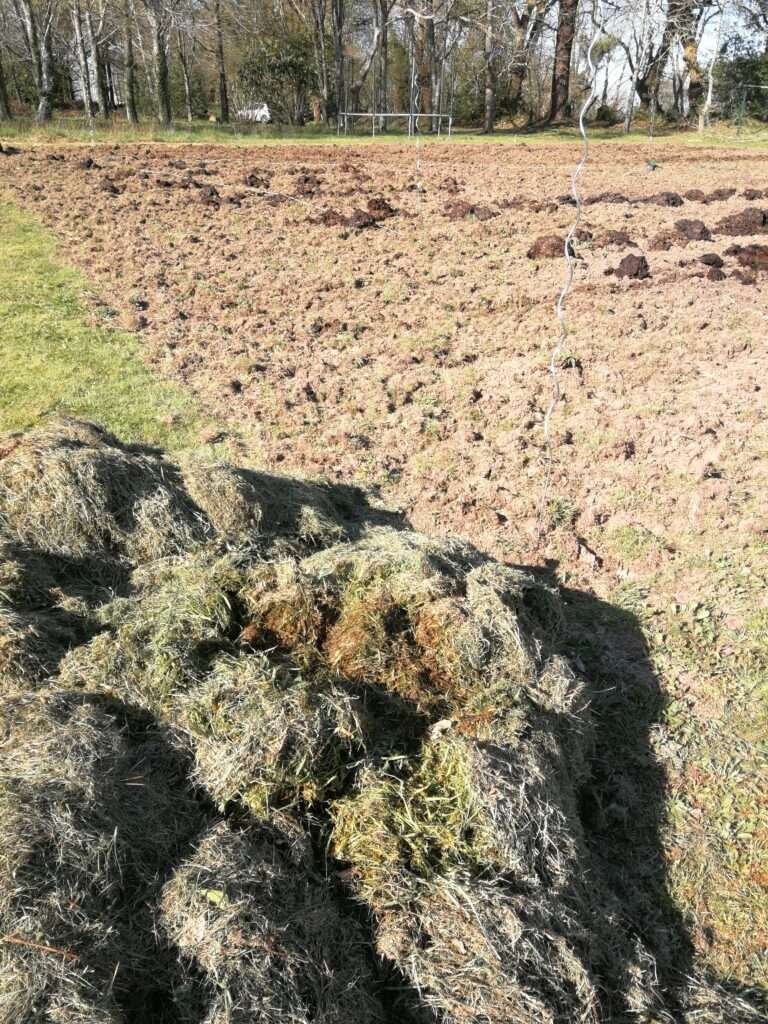

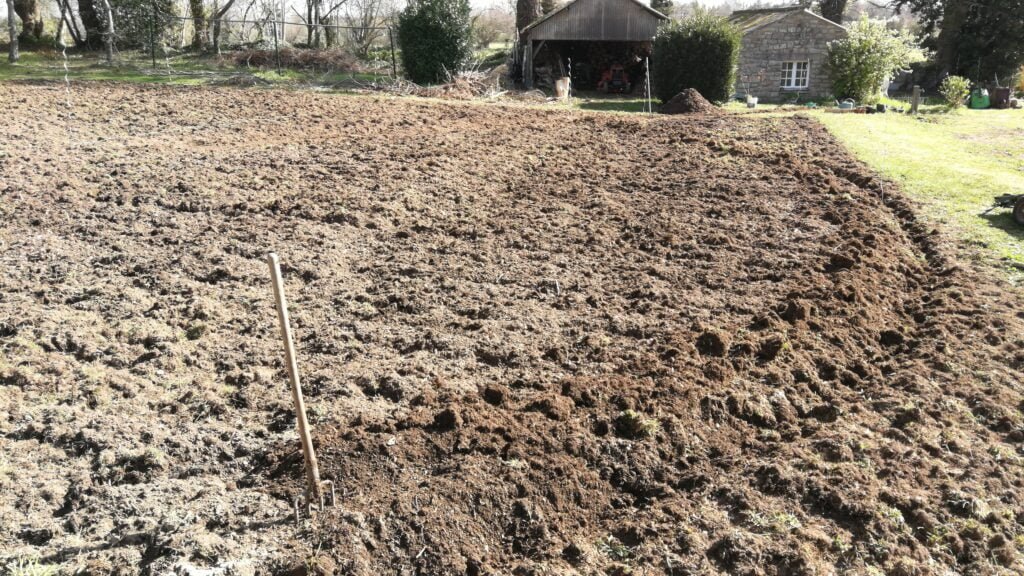
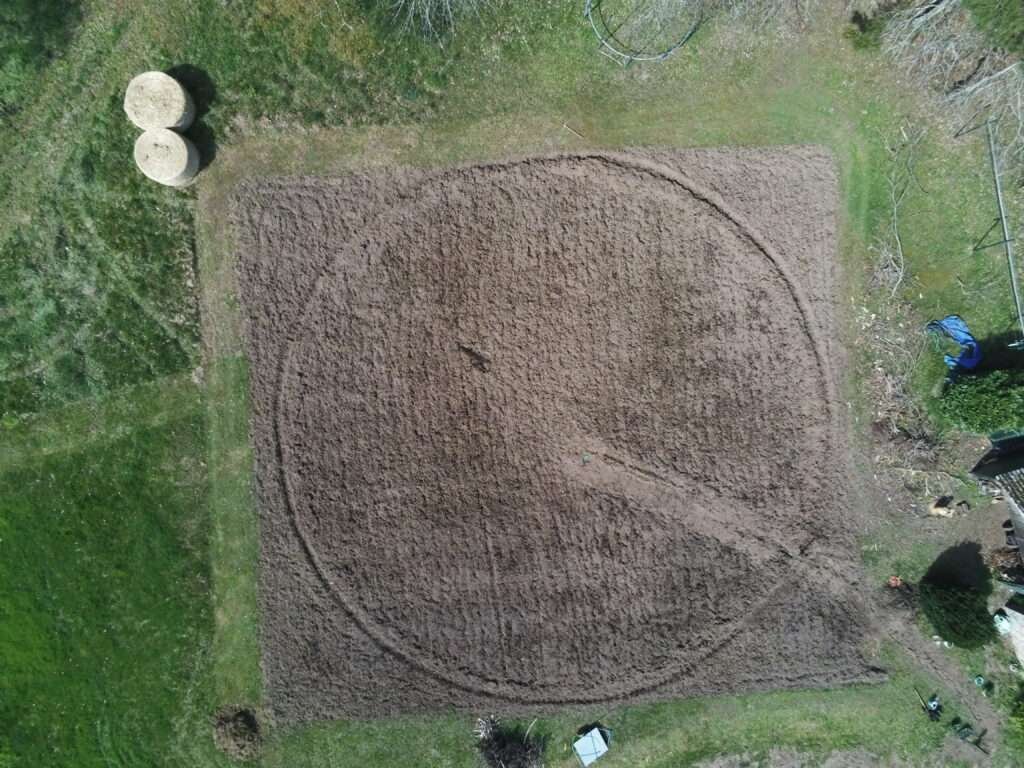


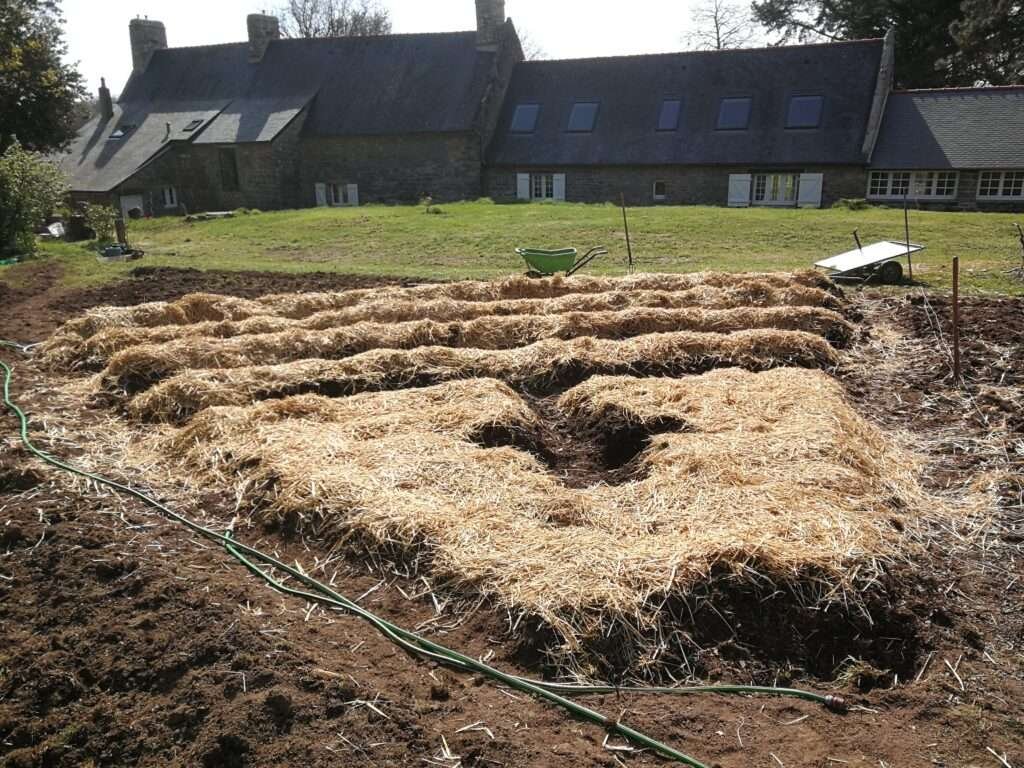
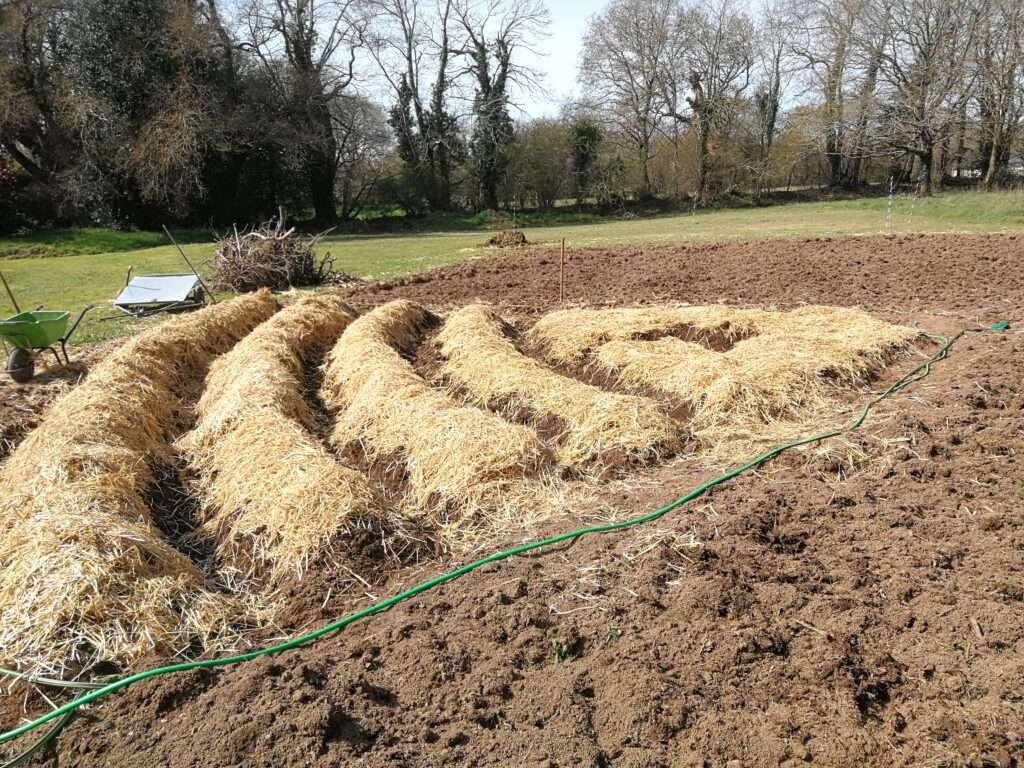
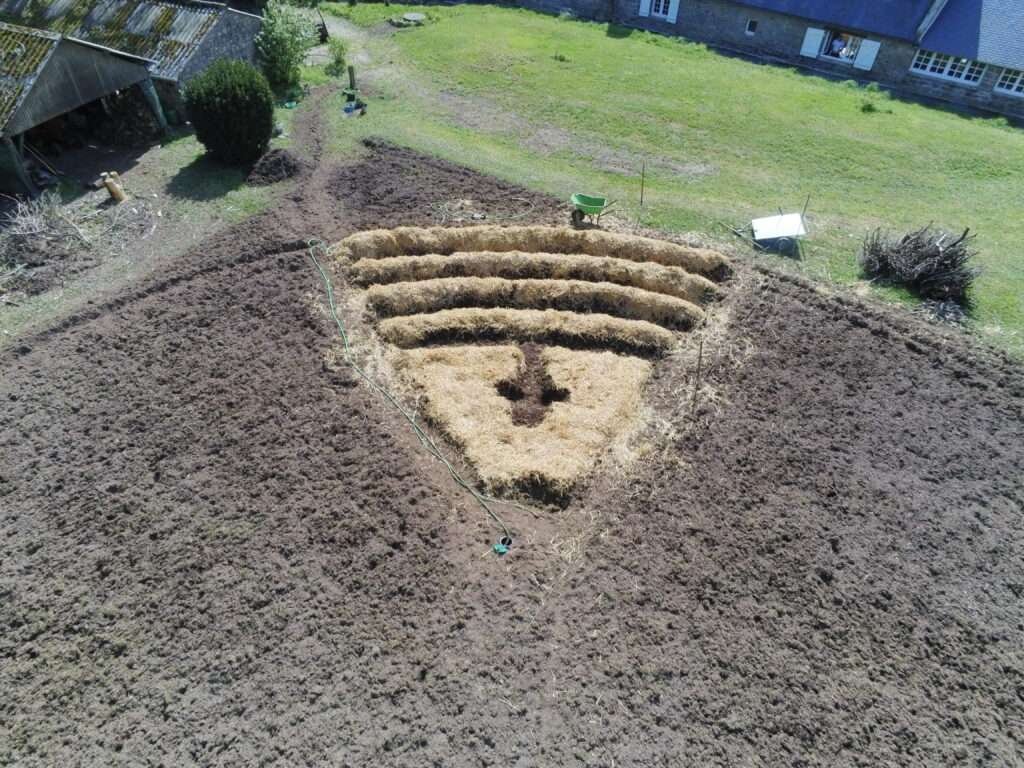
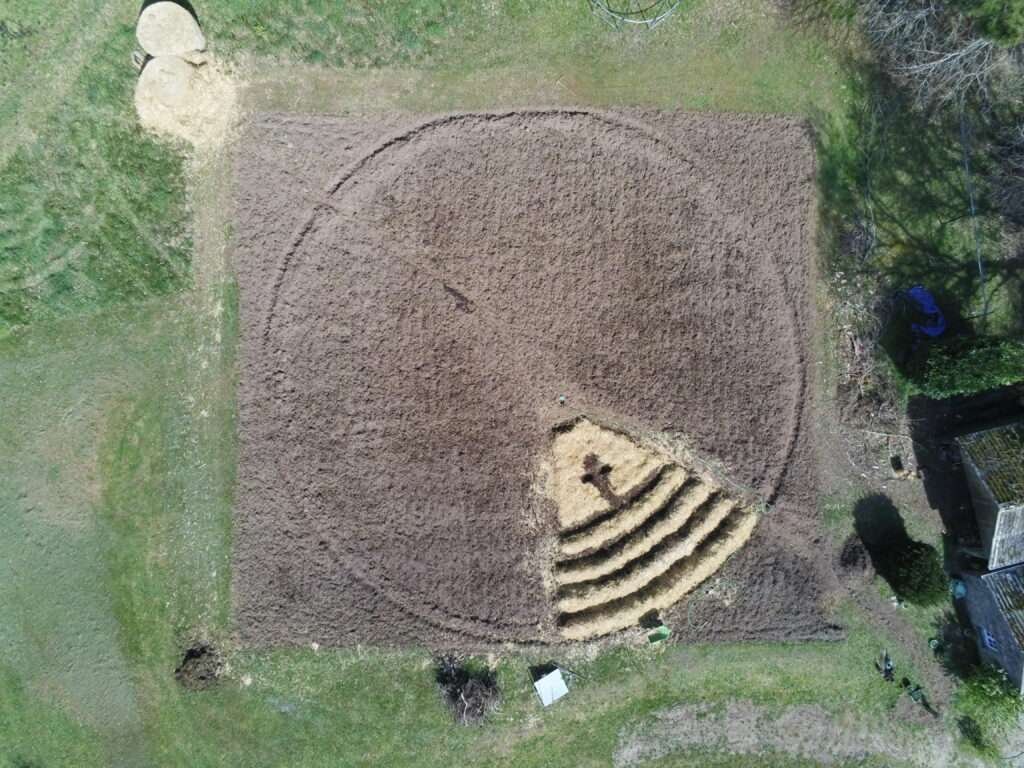
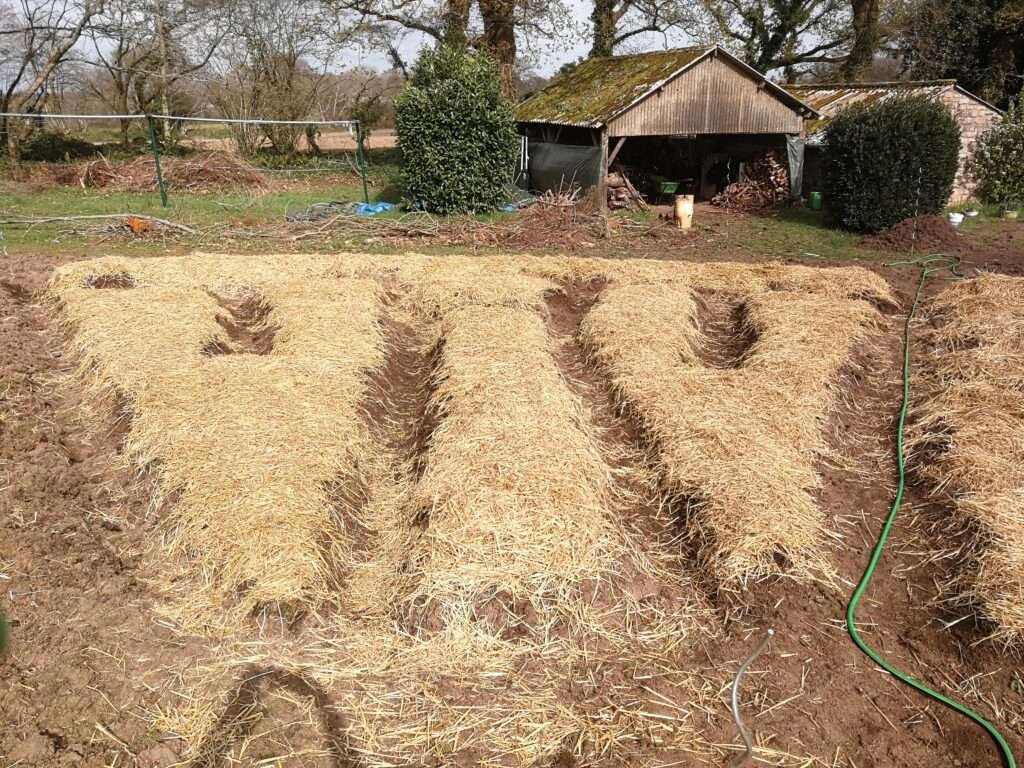
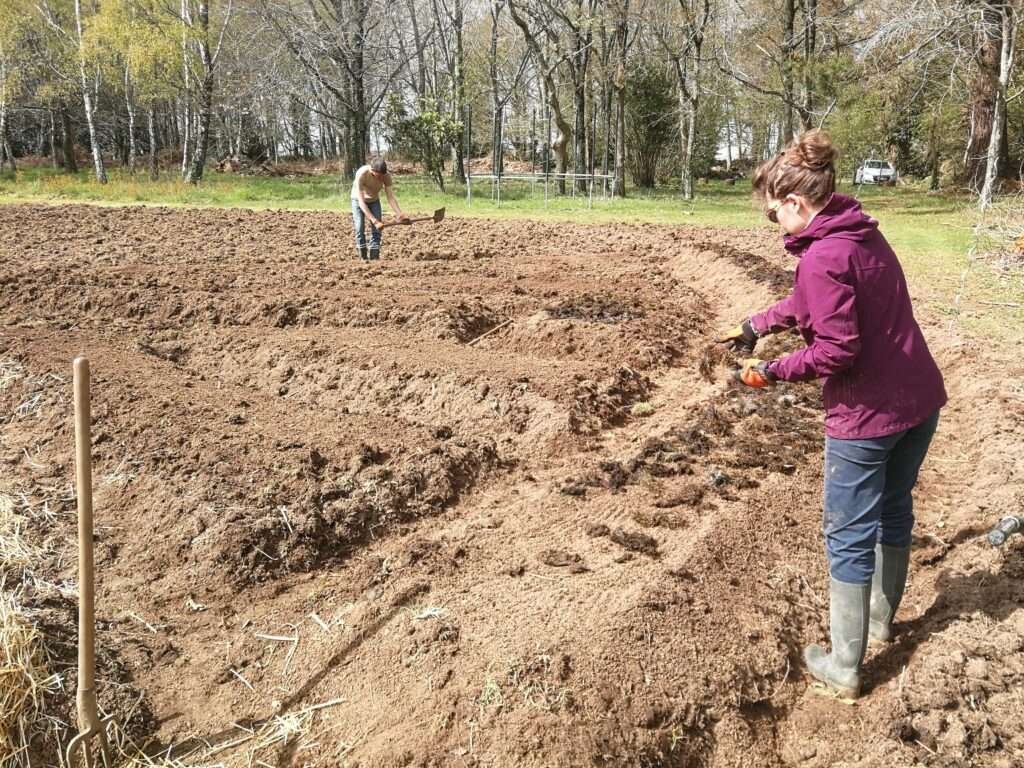
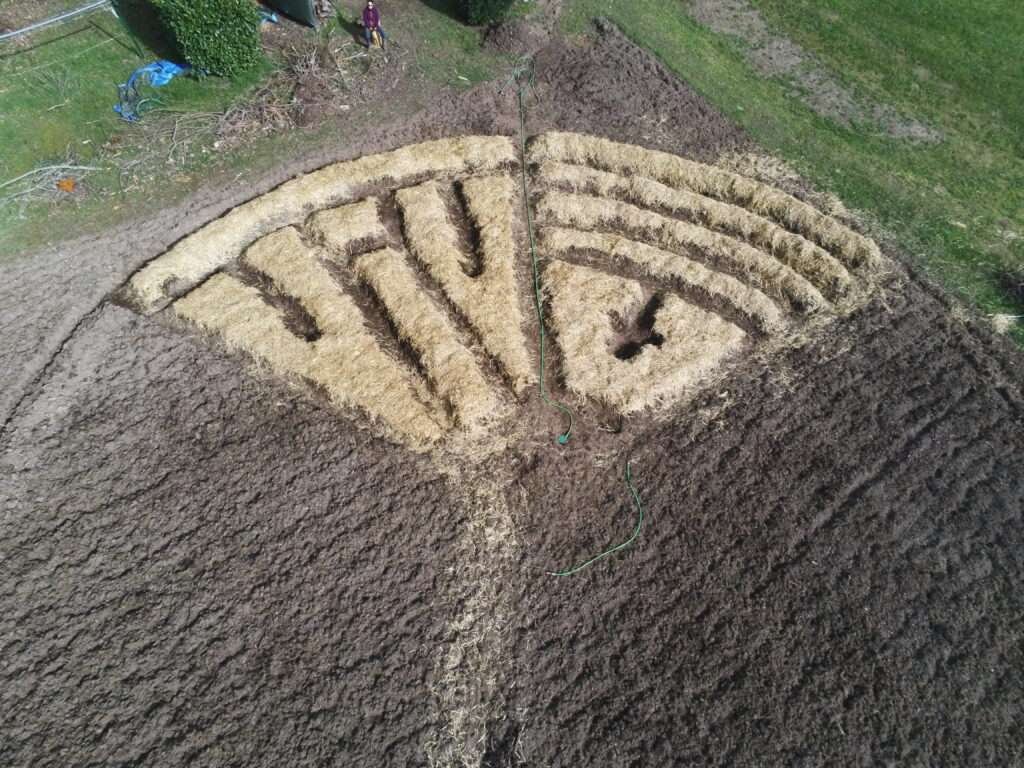
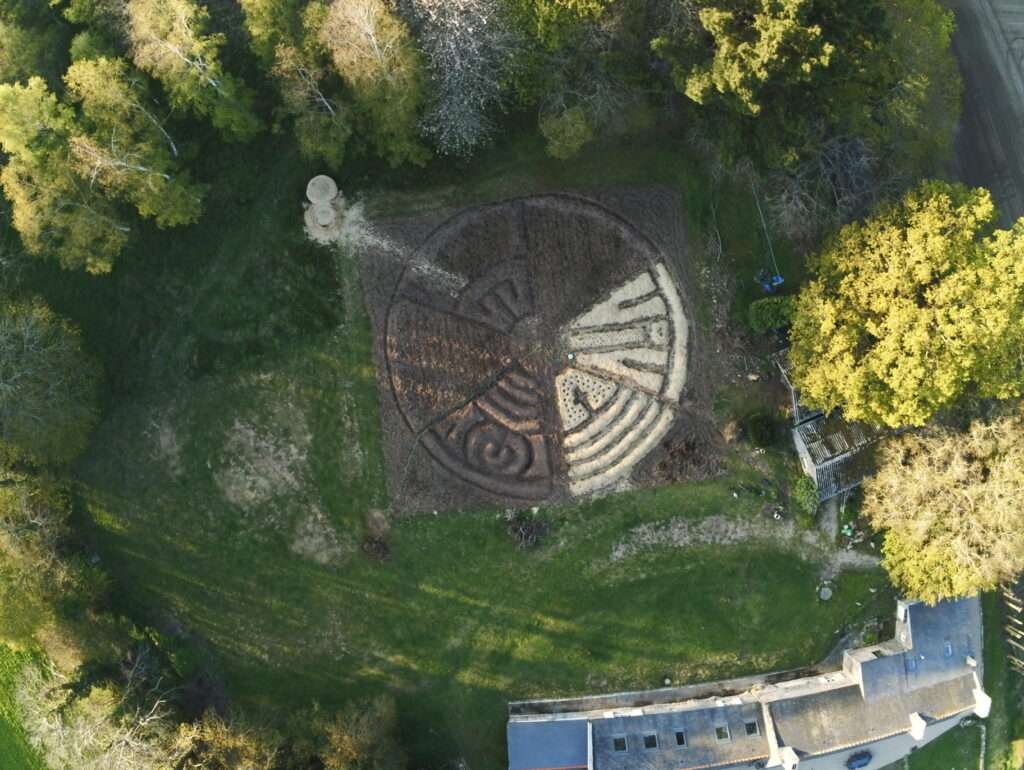
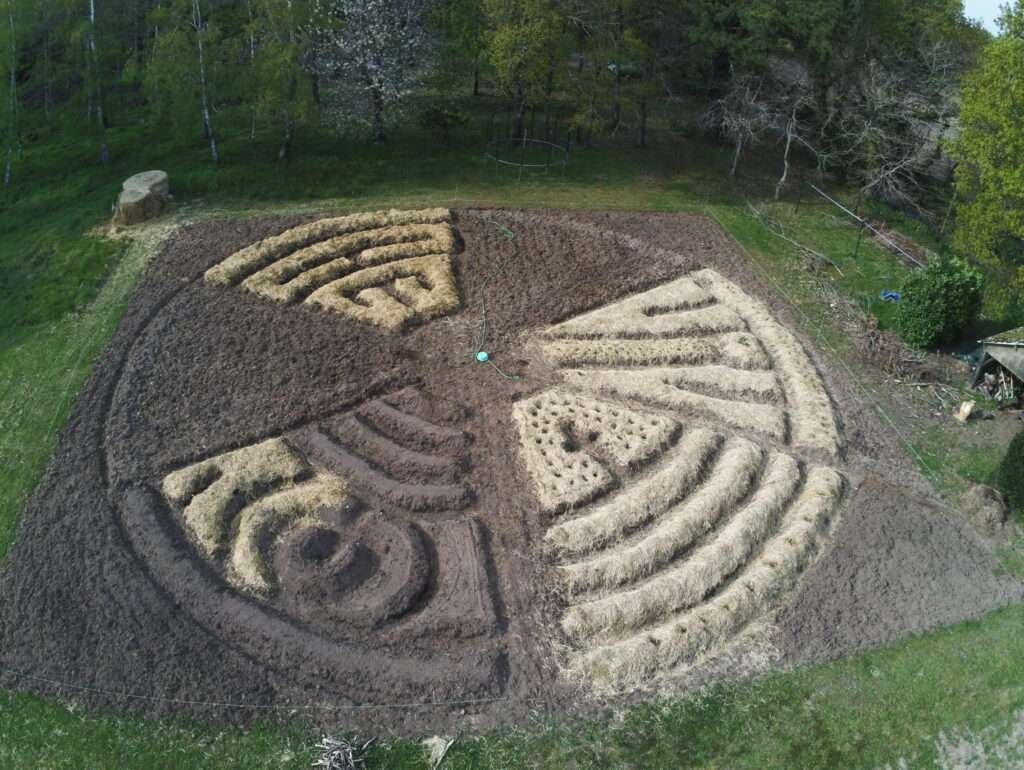

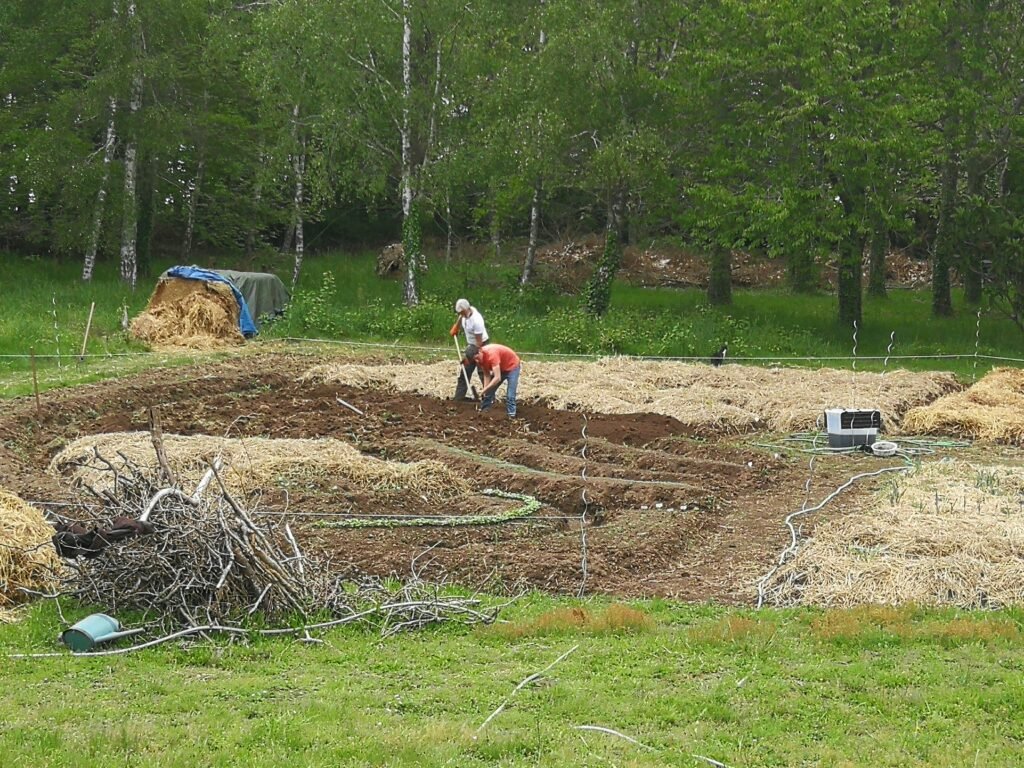
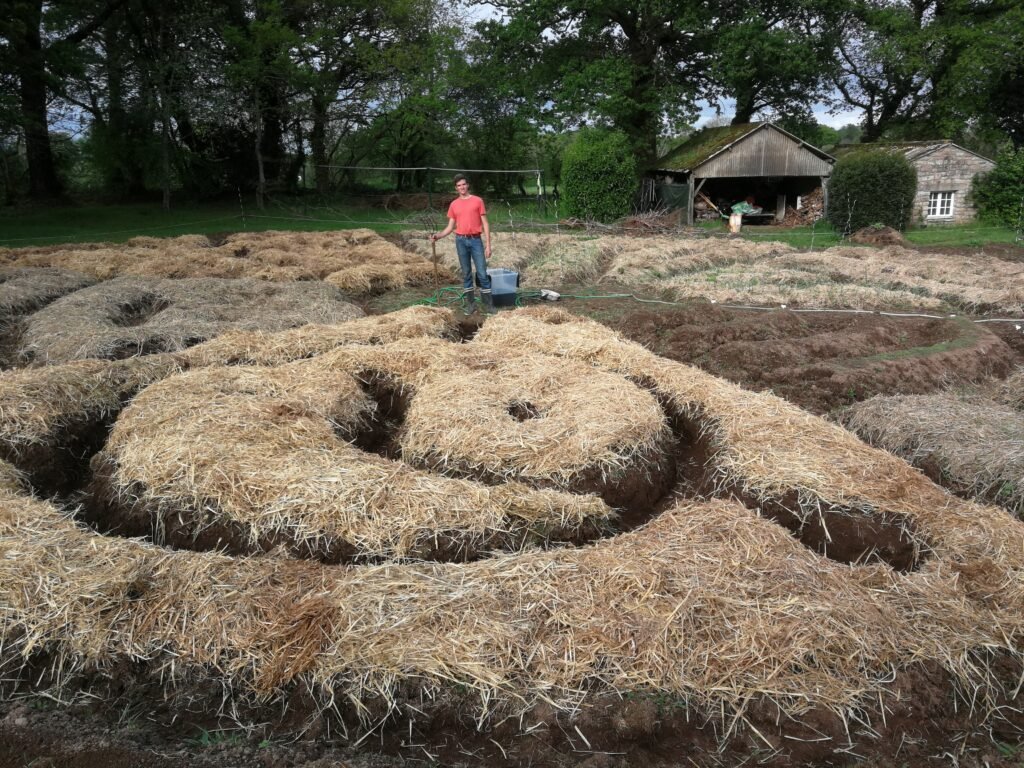


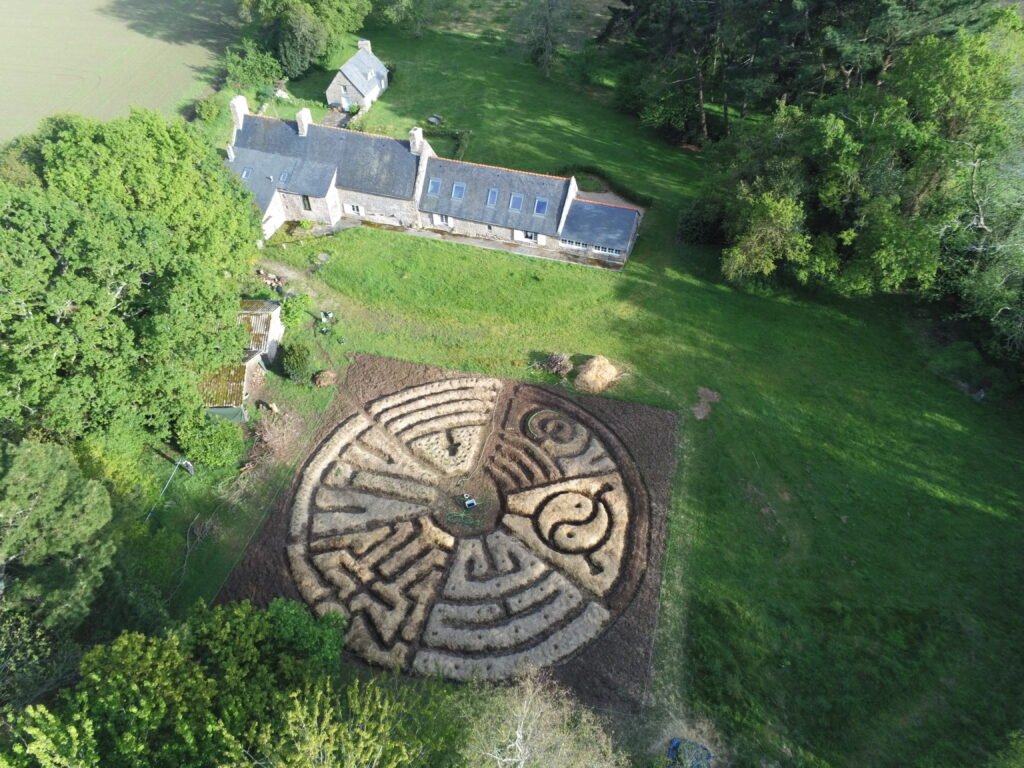



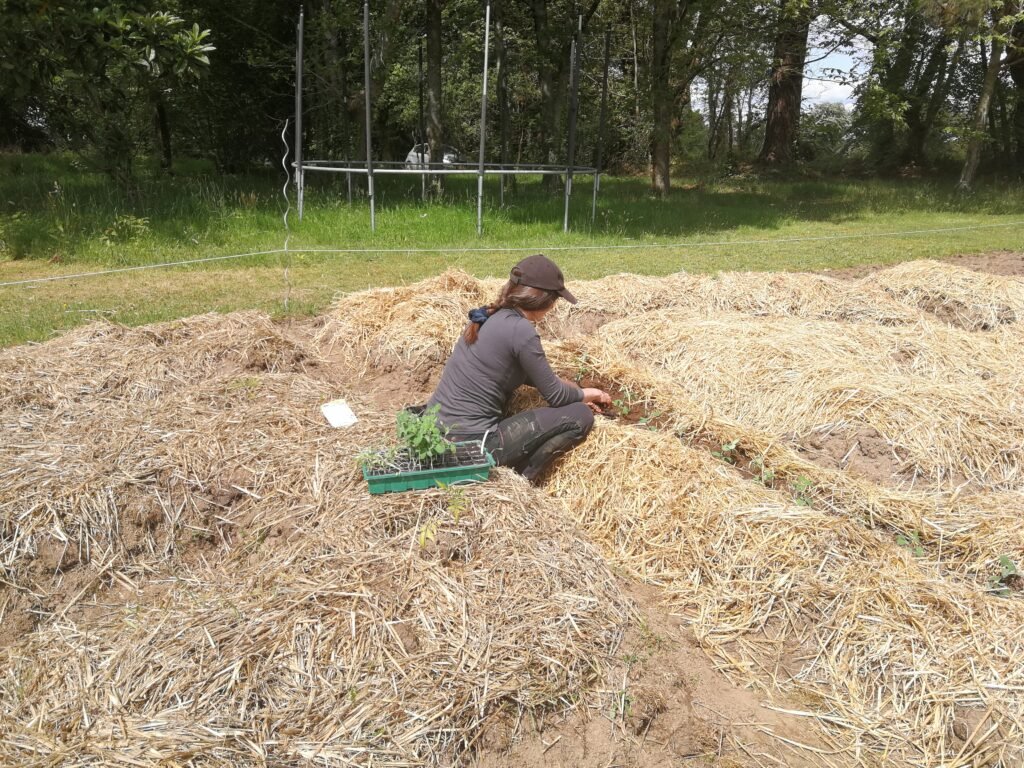
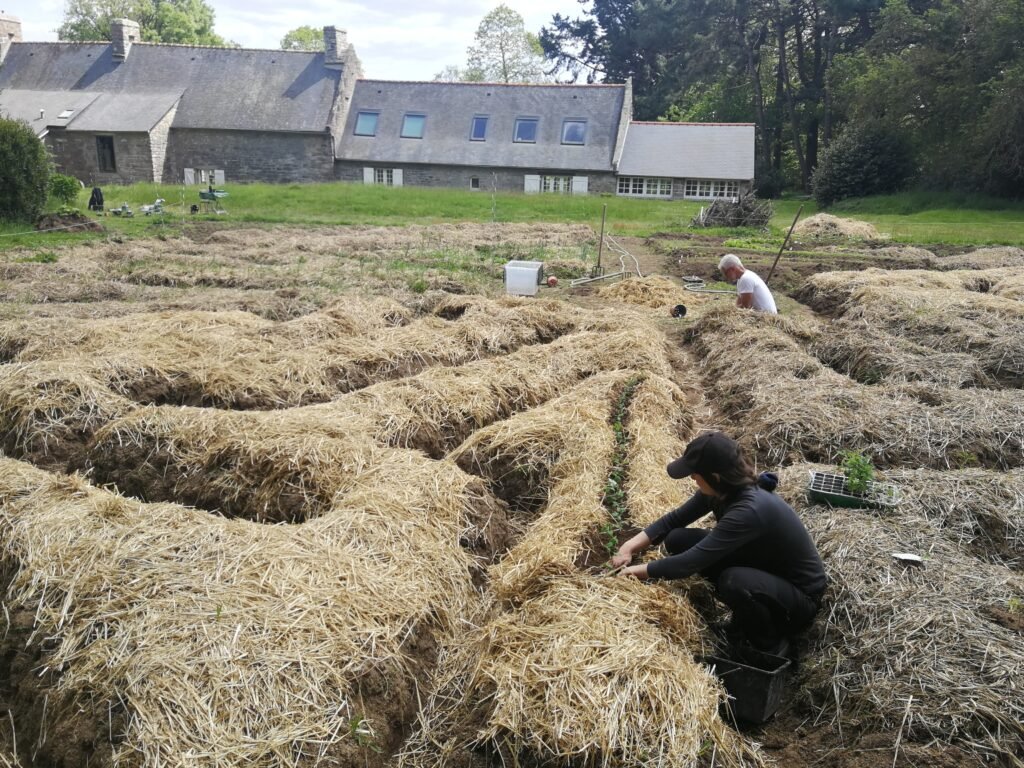

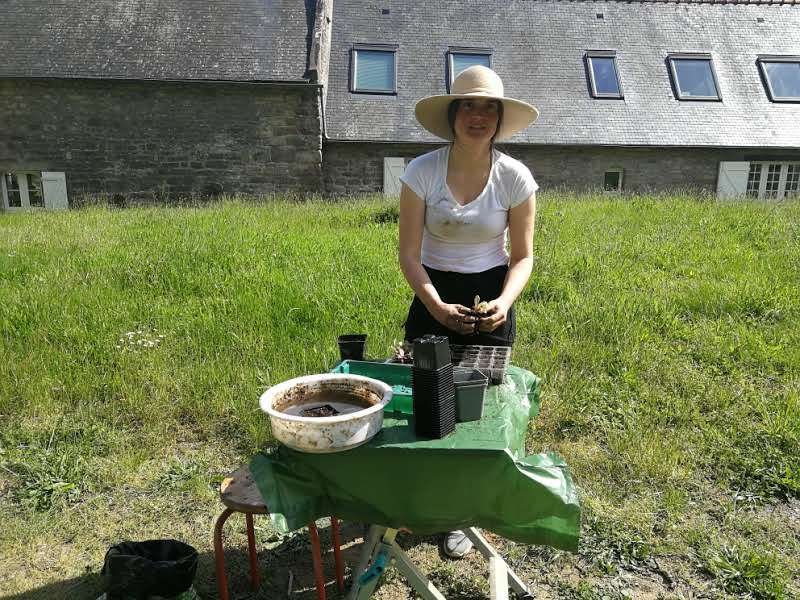
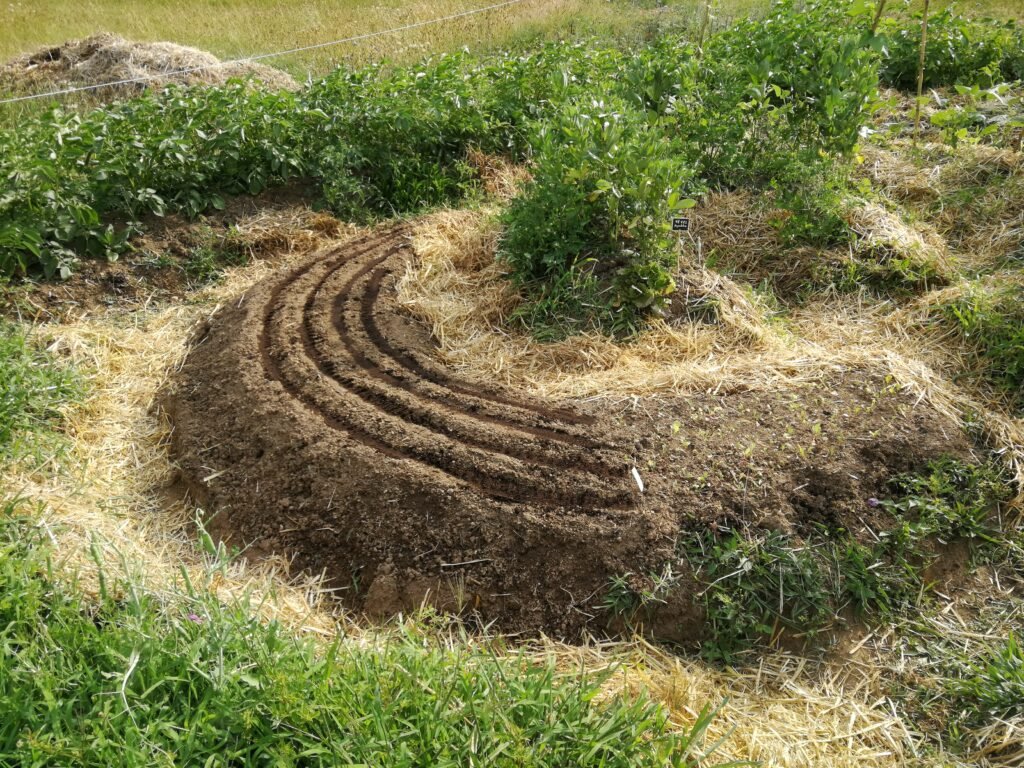



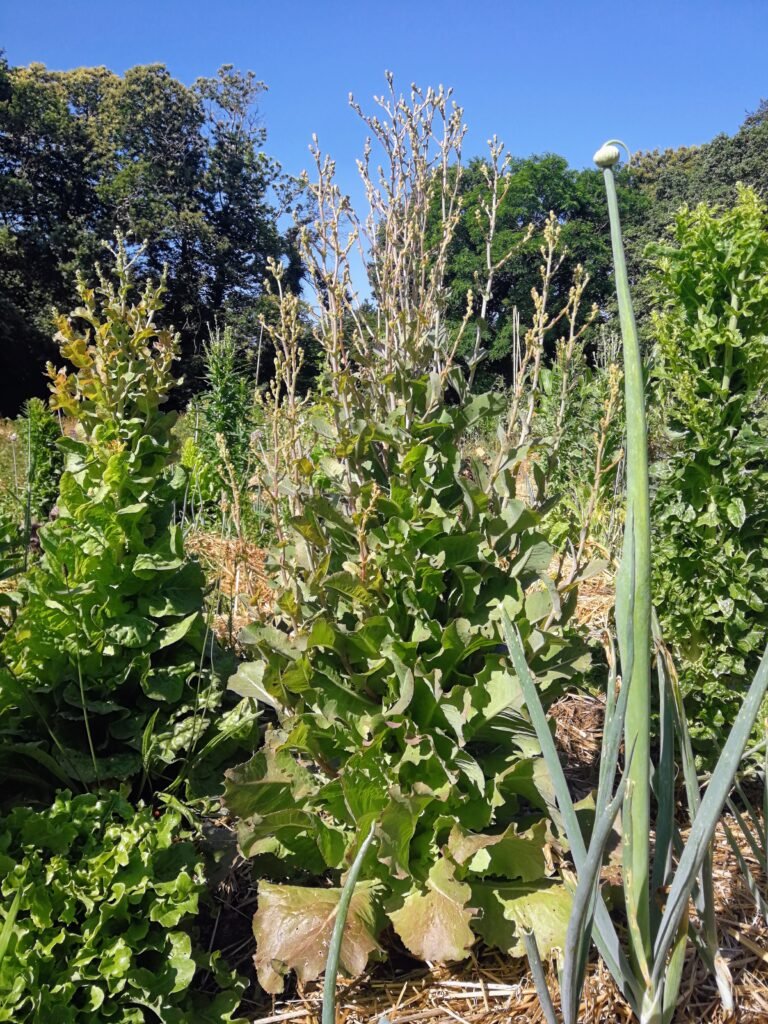
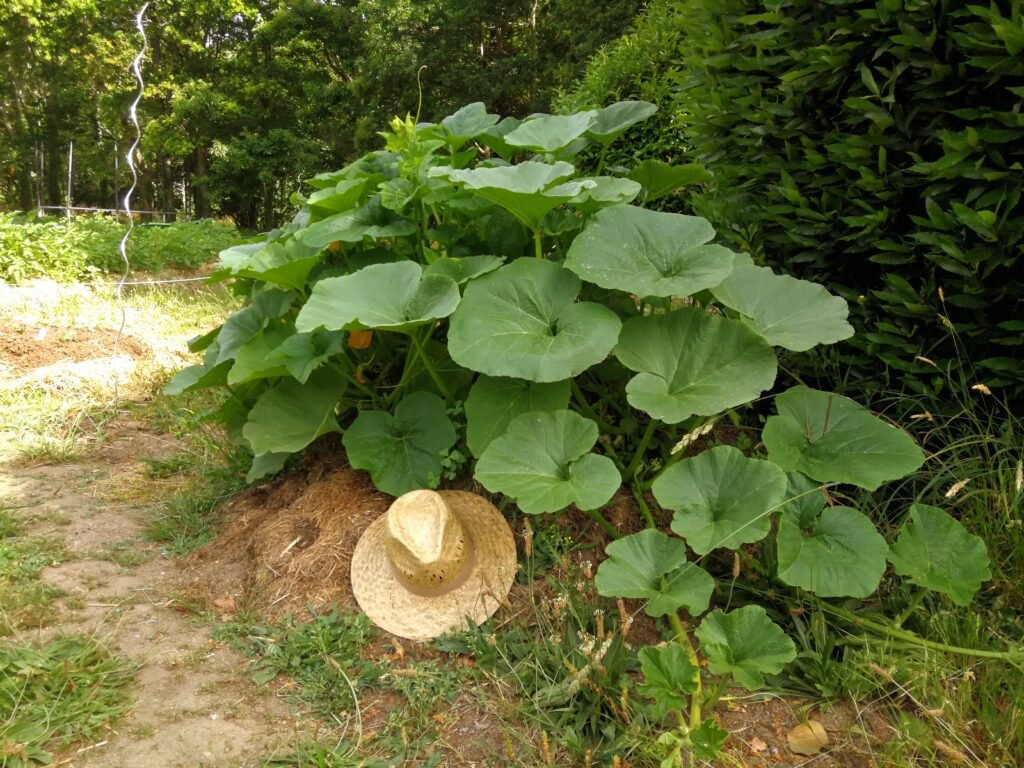
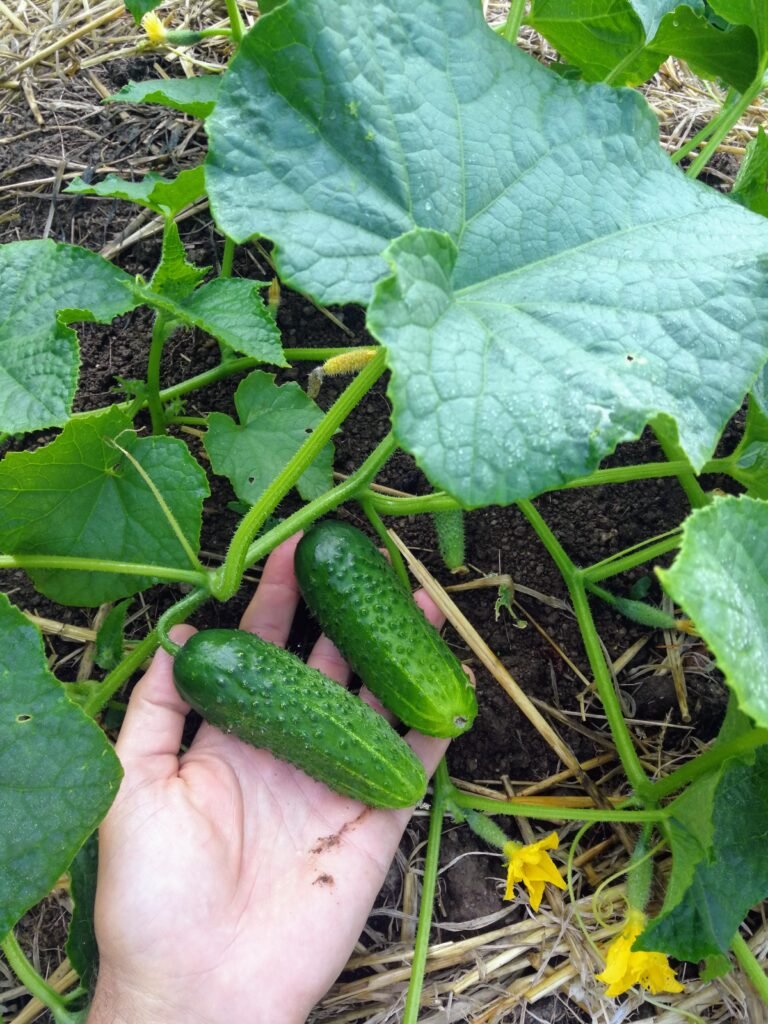
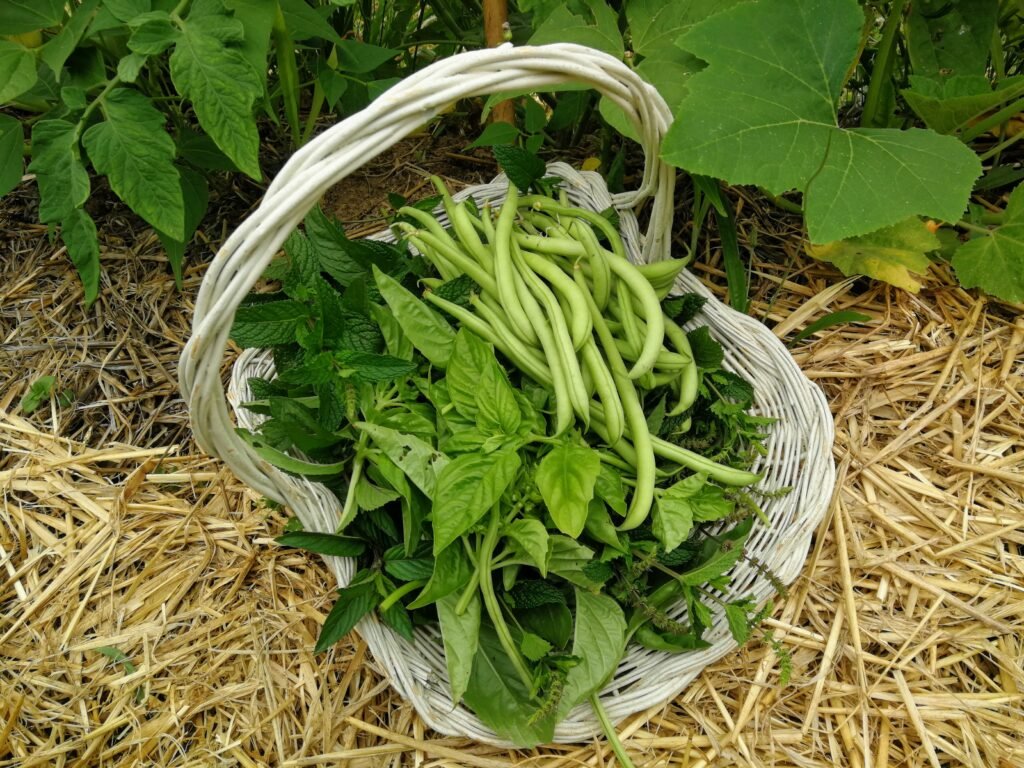



Why a mandala garden?
Mandala gardening is an ancient practice that originated in Asia, particularly in India and Tibet. The word “mandala” means circle in Sanskrit and Tibetan, and refers to a sacred symbol used in Buddhist and Hindu spiritual and religious practices. The mandala is considered to be a tool for meditation and contemplation.
The mandala vegetable garden is an adaptation of this concept, which consists of creating a vegetable garden organised in concentric circles. The garden is divided into sections, each dedicated to a specific variety of plants. The choice of plants is usually based on their therapeutic and culinary properties, as well as their ability to attract pollinators.
The mandala garden is seen as a way to grow healthy food while honouring the land and the plants that produce it. It also symbolises the unity of nature and the connection between living beings.
Today, the mandala garden is becoming increasingly popular around the world, especially among people interested in organic farming, permaculture and sustainable gardening practices.
When were the first mandala gardens created?
It is difficult to determine exactly where the earliest traces of mandala gardening can be found in the world, as the practice has a long history in several Asian cultures. However, some sources indicate that the first mandala gardens were created in India over 2,000 years ago.
The mandala garden was originally used as a teaching tool for Buddhist monks, who grew medicinal plants and herbs for their healing properties. The mandala garden was also considered a place for meditation and contemplation, where monks could connect with nature and strengthen their spiritual practice.
The mandala garden later spread to other Asian countries, notably Tibet, where it was used for similar purposes. Today, the mandala garden is becoming increasingly popular around the world, especially in Europe and the United States, where it is valued for its beauty, effectiveness and sustainability.



